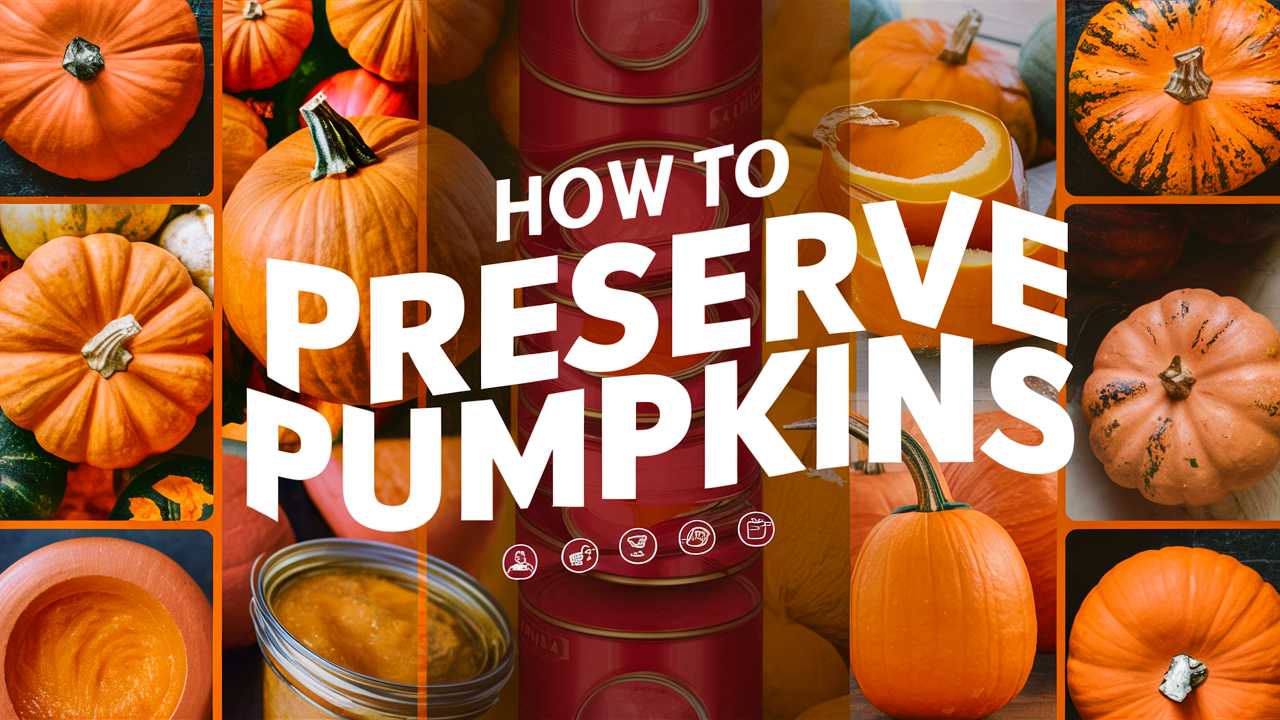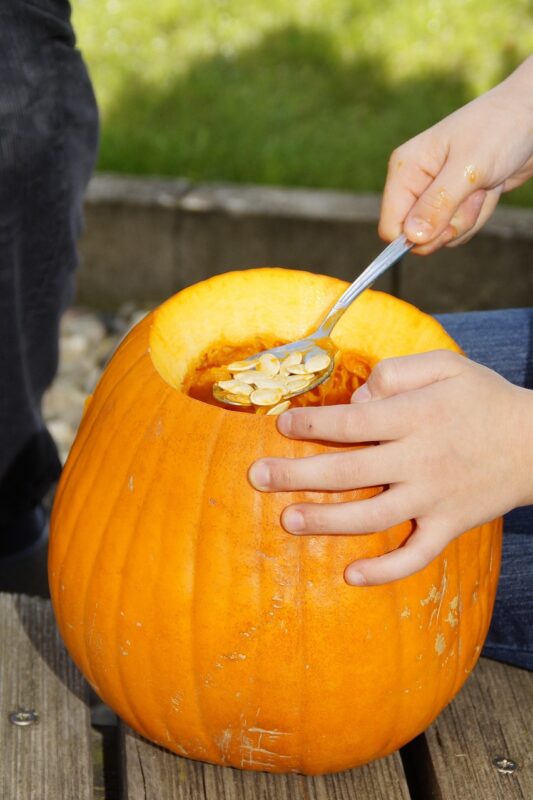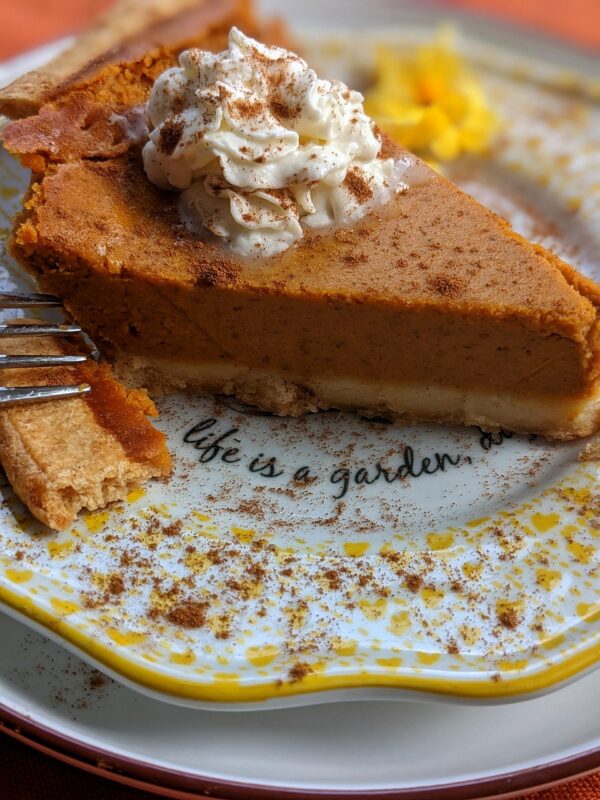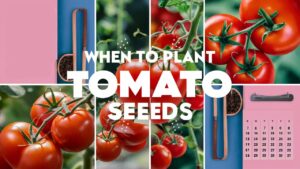As the crisp air of fall descends and the leaves begin to turn vibrant shades of orange and gold, pumpkins take center stage. These versatile, festive fruits serve not only as decorations but also as delightful ingredients in a host of culinary creations.
Whether you’re gearing up for Halloween or simply wish to enjoy the taste of pumpkins throughout the year, knowing how to preserve them can extend their life, reduce waste, and bring a dose of autumnal cheer into your kitchen even when the seasons change.
The Importance of Preservation
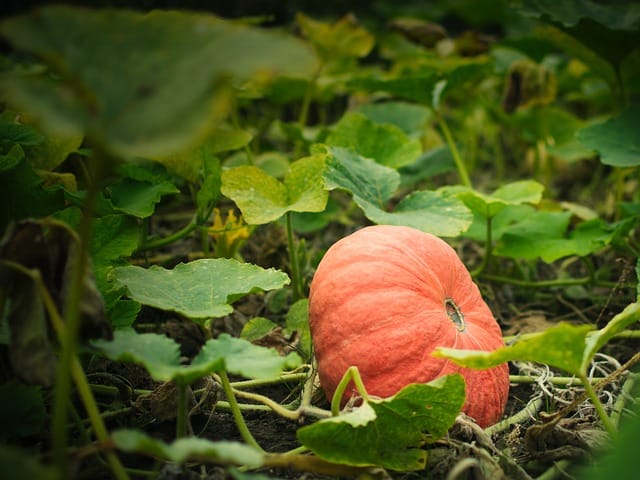
Understanding why we preserve pumpkins is essential. With their long-standing prominence in agriculture and their rich cultural history, pumpkins represent more than just a seasonal staple; they symbolize plenty, warmth, and comfort during the colder months. By mastering the art of preservation, we prevent waste, minimize spoilage, and ensure that we can enjoy their flavors and nutritional benefits well outside of the fall season.
Picture this: a chilly November evening, and you open your pantry to find jars brimming with homemade pumpkin puree, a vibrant reminder of the harvest. Or perhaps you wander into your garden come February, to discover a pumpkin that has held its shape and flavor for months. These experiences, rooted in the preservation of pumpkins, encapsulate the spirit of sustainability, resourcefulness, and creativity that many of us cherish.
Choosing the Right Pumpkin
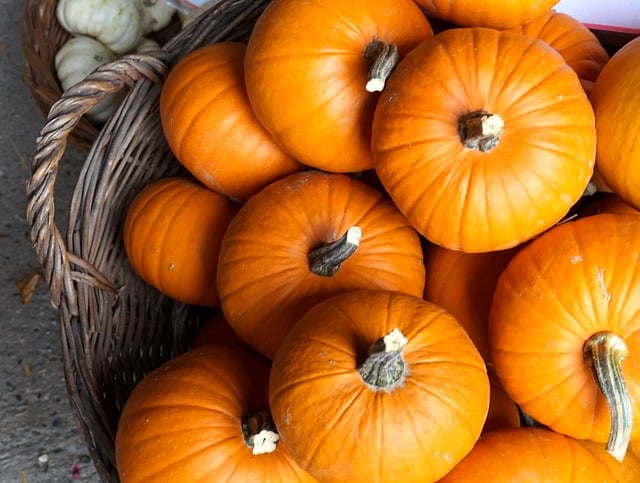
Before embarking on the preservation process, selecting the right pumpkin is crucial. Not all pumpkins are created equal, especially for culinary uses. For cooking and baking, varieties like the Sugar Pie, Cinderella, and Fairytale pumpkins are ideal—these are smaller, denser, and have a sweeter flavor compared to the traditional jack-o’-lantern pumpkins.
When selecting pumpkins, look for those that are firm, heavy for their size, and free of blemishes. A dull finish indicates ripeness, while a vibrant, glossy skin may indicate it’s not yet ready for harvest. If you’re interested in preserving, try to select pumpkins that have been recently harvested; they’ll have a longer shelf life at home.
What You’ll Need
Having the right tools and ingredients makes preservation a breeze. Here’s a comprehensive list to get you started:
Fresh pumpkins (your chosen variety)
Sharp knife: for cutting and carving.
Spoon: to scoop out seeds and flesh.
Blender or food processor: for making pumpkin puree.
Canning jars: if you want to can your pumpkin.
Pressure cooker or water bath canner: for safe preservation.
Freezer-safe bags or containers: for freezing.
Seasonings and sweeteners: if desired, for flavoring your preserved pumpkin.
Preparing Pumpkins: Step-by-Step
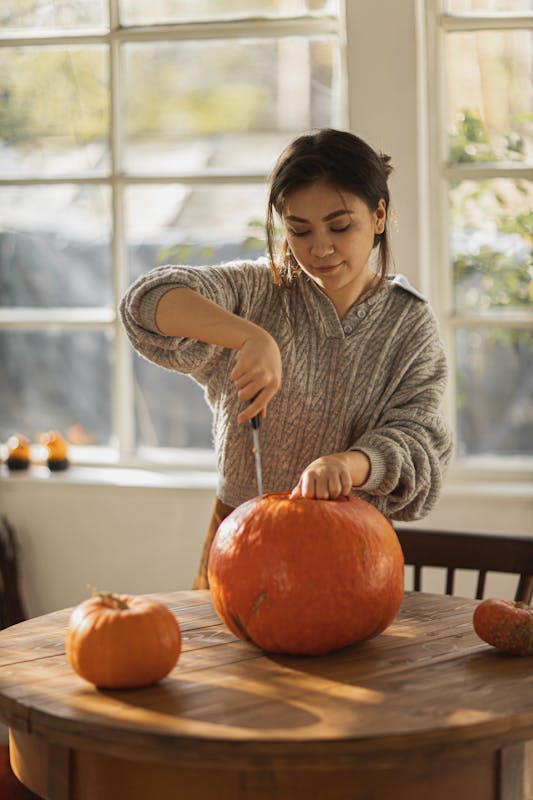
The journey to preserving pumpkins begins with preparation, and this process presents an opportunity for creativity and mindfulness.
Washing: Start by washing the pumpkin to remove any dirt or debris. This simple step helps ensure a clean surface, which is necessary, especially if you plan to eat the skin.
Cutting: With a sharp knife, carefully cut the pumpkin in half. This part can be a bit labor-intensive, so take your time and be cautious. Aim to cut in sections; this makes it easier to handle.
Scooping: Once halved, scoop out the seeds and stringy insides. Reserve the seeds for roasting later—these are not only delicious but also rich in nutrients.
Peeling (if desired): Depending on your intended use, you may want to peel the pumpkin. With a sturdy vegetable peeler, carefully peel off the skin, making sure to leave as much flesh intact as possible.
Cutting into chunks: Finally, chop the pumpkin into smaller, manageable cubes. This preparation makes cooking easier, whether you’re planning to puree or freeze them.
Making and Canning Pumpkin Puree
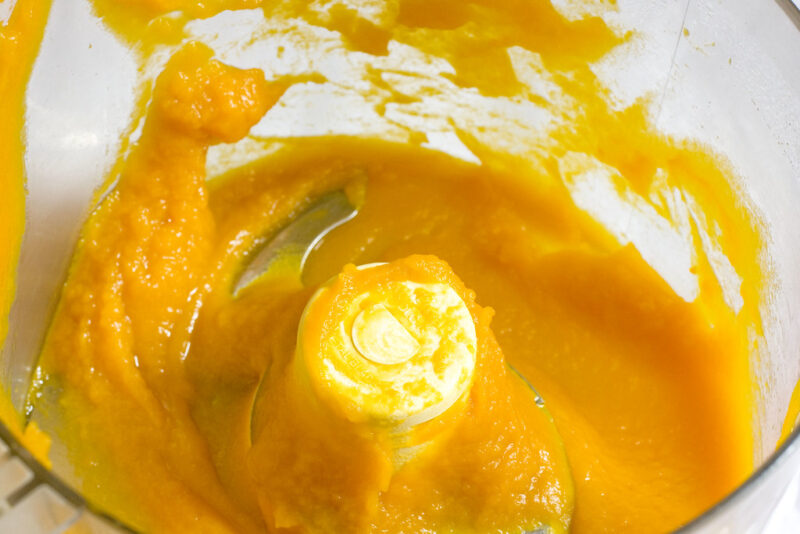
Pumpkin puree is a kitchen staple, perfect for pies, soups, and muffins. Here’s how to transform fresh pumpkins into delicious puree and preserve it in jars.
Cooking the pumpkin: There are several methods to cook pumpkin, including roasting, steaming, or boiling. Roasting tends to enhance the flavor best. To roast, place the pumpkin halves cut side down on a baking sheet and bake at 350°F (175°C) for about 45 minutes or until tender.
Pureeing: Once cooked, scoop the flesh into a blender or food processor and blend until smooth. Make sure to let it cool before blending to avoid burns or splatters.
Canning: Pumpkin puree cannot be safely canned using a water bath canner due to its low acidity. The appropriate method is pressure canning. Follow these steps:
Fill sterilized jars with hot pumpkin puree, leaving about an inch of headspace.
Wipe the rims of the jars with a clean cloth to ensure a good seal.
Place the lids on the jars and tighten the bands just to fingertip tight.
Process in a pressure canner at 10 pounds of pressure for roughly 90 minutes.
Freezing Pumpkins
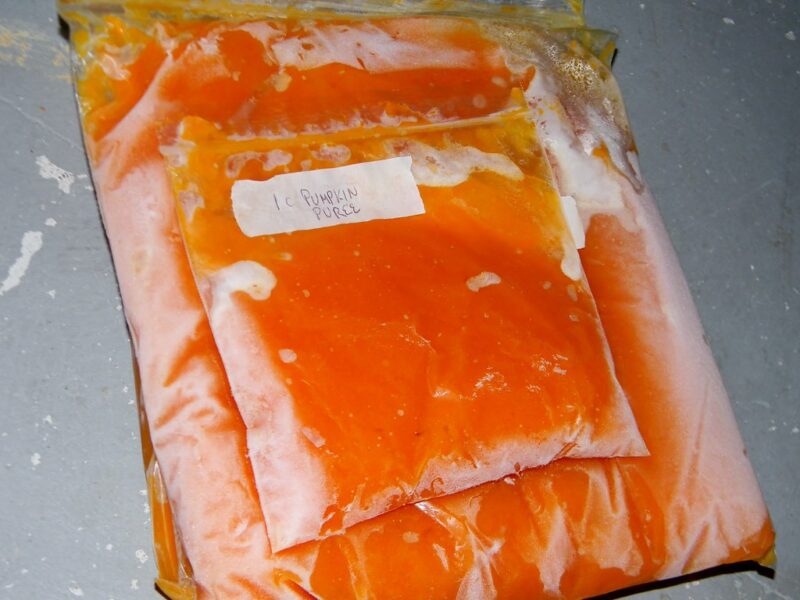
Freezing is one of the simplest methods of preservation and retains the pumpkin’s delicious flavor and nutrients well.
Blanching: To freeze pumpkin flesh, blanch it first. Place the pumpkin cubes in boiling water for about two minutes, then quickly transfer them to an ice bath. This stops the cooking process and preserves vibrant color and texture.
Freezing: After draining, spread the pumpkin pieces on a baking sheet lined with parchment paper. Freeze until solid, then transfer the cubes into freezer-safe bags or containers. Don’t forget to label the bags with dates!
By freezing, you can store pumpkin for several months without sacrificing quality.
Roasting and Salting Seeds
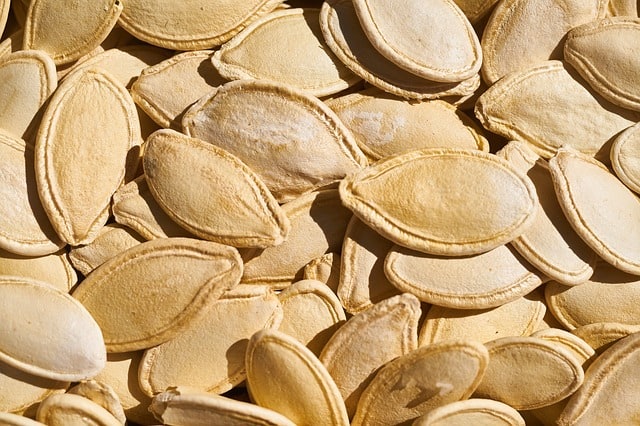
Don’t forget about the seeds! Roasting pumpkin seeds is a delightful way to utilize every part of this fruit, adding a nutritious snack to your repertoire.
Cleaning: Rinse the seeds in a colander to remove any pumpkin residue.
Seasoning: Toss the clean seeds in a mixture of olive oil, salt, and your choice of spices (think paprika, garlic powder, or chili powder).
Roasting: Spread the seasoned seeds in a single layer on a baking sheet and roast in a preheated oven at 300°F (150°C) for about 20-25 minutes, stirring occasionally until they are golden and crunchy.
These delicious, crispy seeds make for a wonderful snack, adding flavor and texture to a variety of dishes.
Exploring Unique Preservation Methods

While canning and freezing are the most common methods, consider these unique alternatives for preserving pumpkins that add a twist to your culinary repertoire.
Pumpkin Butter: A delightful spread that combines cooked pumpkin with sugar and spices. Simmer the pumpkin with sugar, cinnamon, nutmeg, and a splash of lemon juice, then can it for a sweet, fall-inspired treat.
Dehydrated Pumpkin: Great for making hearty soups or snack bites, simply slice pumpkin thinly, dehydrate until moisture is minimized, and store it in an airtight container. When you need it, simply rehydrate the slices in warm water or broth.
Pickled Pumpkin: An adventurous choice, pickled pumpkin adds a zesty crunch to salads or sandwiches. Boil pumpkin chunks in a vinegar solution with spices, and can them for use later.
Cooking with Preserved Pumpkins
Now that you’ve preserved your pumpkins, it’s time to get creative in the kitchen! Here are some ways to showcase your preserved fruits.
Pumpkin Pie: Using your homemade pumpkin puree, bake traditional pumpkin pies that tempt with delicious spices and creamy textures. Experiment with crusts made from graham crackers, traditional pastry, or even gluten-free options.
Pumpkin Soup: Whip up a comforting bowl of pumpkin soup, blending your puree with vegetable or chicken broth, garlic, onions, and a touch of cream. Spice it up with your favorite seasonings.
Savory Dishes: Incorporate pumpkin into savory dishes like curries, risottos, or pasta sauces for a unique flavor twist. It pairs wonderfully with sage, garlic, or even a hint of chili.
Seasoning and Flavoring Your Preserved Pumpkin
When it comes to preserving, consider how seasoning can elevate your pumpkins. You might wish to add a touch of sweetness by incorporating maple syrup or brown sugar during the pureeing process. Alternatively, spices such as cinnamon, nutmeg, or ginger can give your pumpkin a warm, aromatic quality that transports you right into autumn.
Sustainability and Ethical Considerations
In a world where food waste has become a pressing concern, preserving pumpkins also aligns with sustainable practices. By utilizing every part of the pumpkin—from flesh to seeds—you contribute to reducing food waste and promoting a more ethical, responsible approach to eating.
Support local farmers and markets by choosing pumpkins that are grown sustainably. Moreover, learning to preserve your pumpkins fosters a deeper connection to your food, encouraging mindfulness about consumption and waste.
Personal Reflections on Pumpkin Preservation
In my own journey of cooking and preserving pumpkins, I’ve cherished the moments spent with family, preparing seasonal dishes. Whether it was my grandmother’s cherished pumpkin pie recipe or those spontaneous afternoons spent roasting seeds, these experiences form an essential part of our family tradition.
Every time I open a jar of pumpkin puree, I’m reminded of those joyful days and the vibrant energy of fall. This passion for pumpkins transcends just cooking; it’s about harvesting memories, embracing nature, and relishing the flavors of the season.
Creating a Community Around Preservation
Consider getting involved in preservation communities or agricultural initiatives in your area. Participating in local food drives, farmer’s markets, or canning classes can enrich your knowledge and connect you with like-minded individuals.
Sharing tips, techniques, and recipes can create a vibrant community that sustains the traditions of food preservation. From hosting pumpkin-picking parties to participating in potlucks featuring dishes made from preserved pumpkins, the possibilities for community engagement are endless.
Conclusion
Preserving pumpkins is not just a way to extend the joy of fall throughout the year; it’s an art grounded in sustainability, creativity, and shared memories. By understanding the techniques of preservation and embracing the adventure of cooking with these orange gems, we nourish ourselves and our families while reducing waste.


